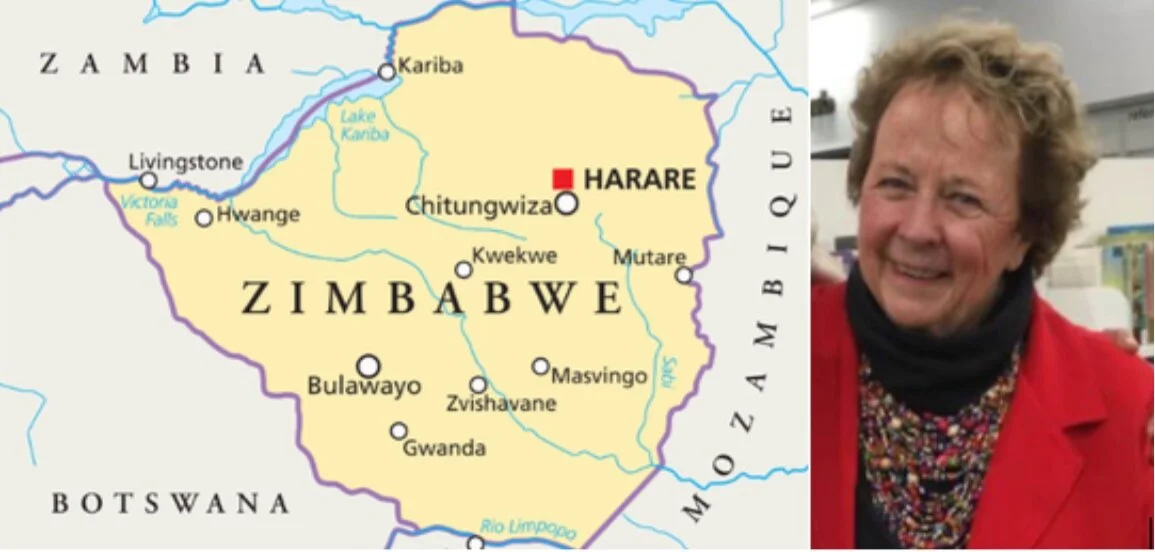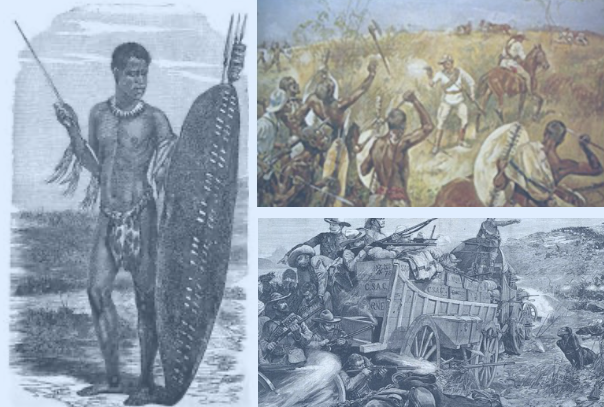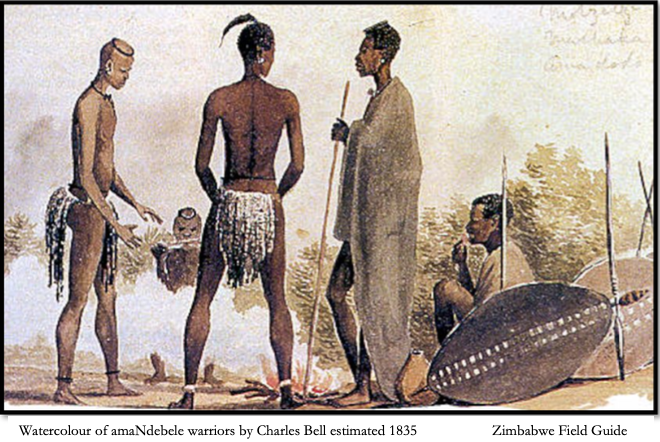After the chaos of the Rudd Concession - there are a few years of constructive interaction as King Lobengula ensures the safety of the Pioneer Column and British Representative, John Moffat, runs a tough regime ensuring everyone trying to enter Matabeleland abides by the Kings Rules. But the impi are finding their way of life has changed too much and are becoming increasingly restless.
I would like to mention the excellent work done by the ZimFieldGuide. If this first series of video logs has sparked your interest in our remarkable history - it is a worth while trip through time looking up their website - you will find many thought provoking articles and answers in its collection of well researched and curated items. There are many many fulfilling hours ahead! www.zimfieldguide.com








